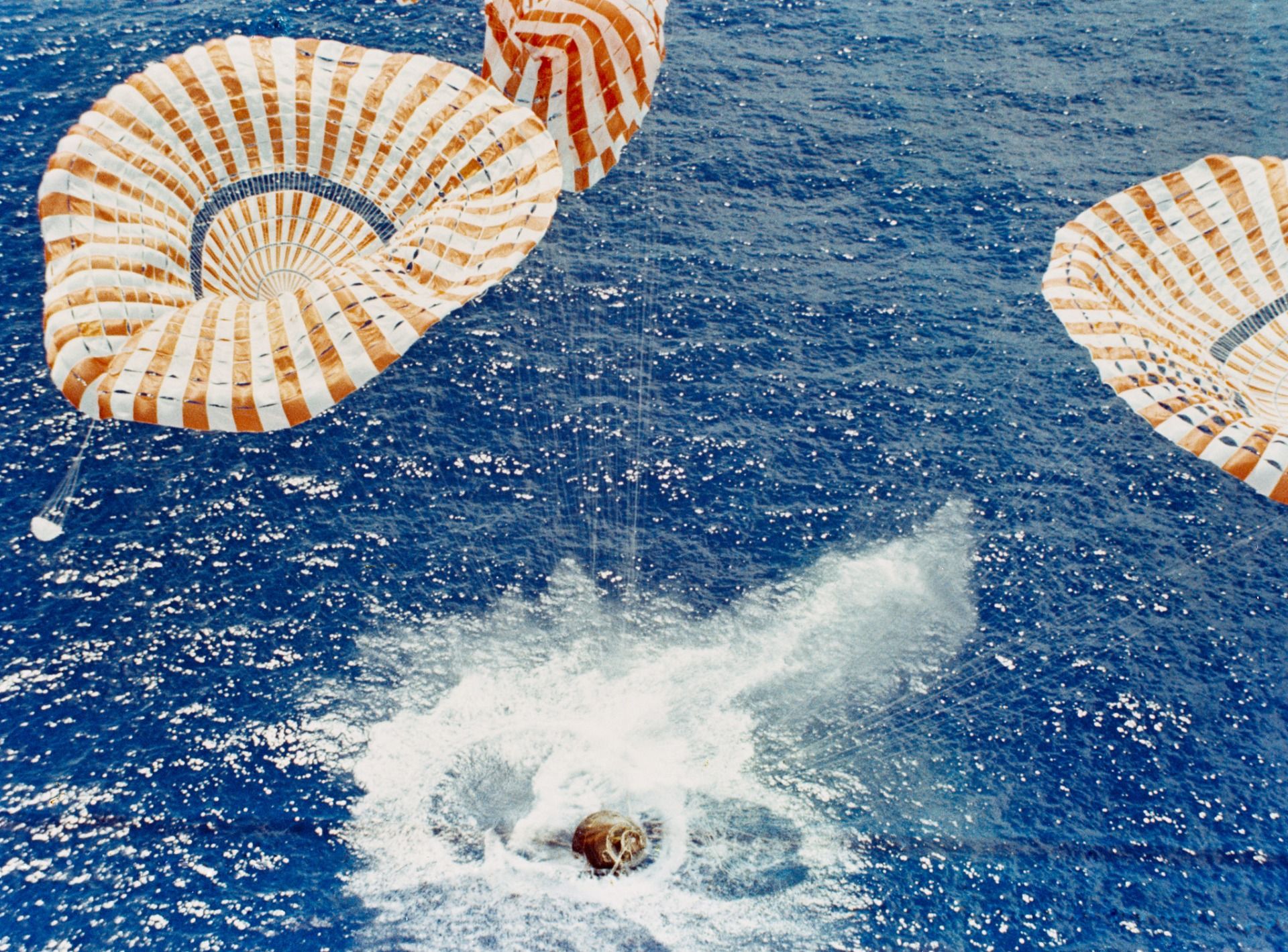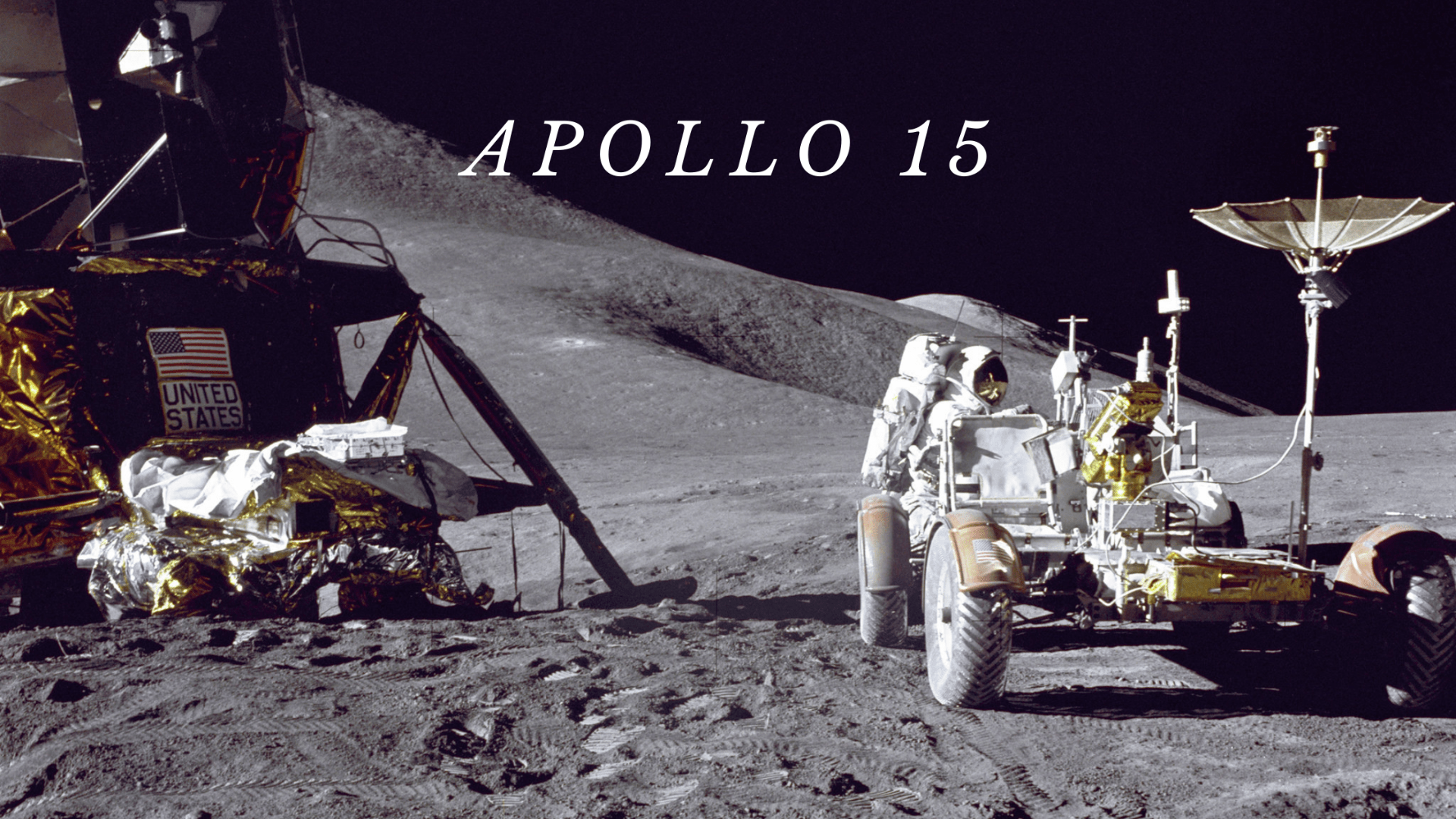
Apollo 15
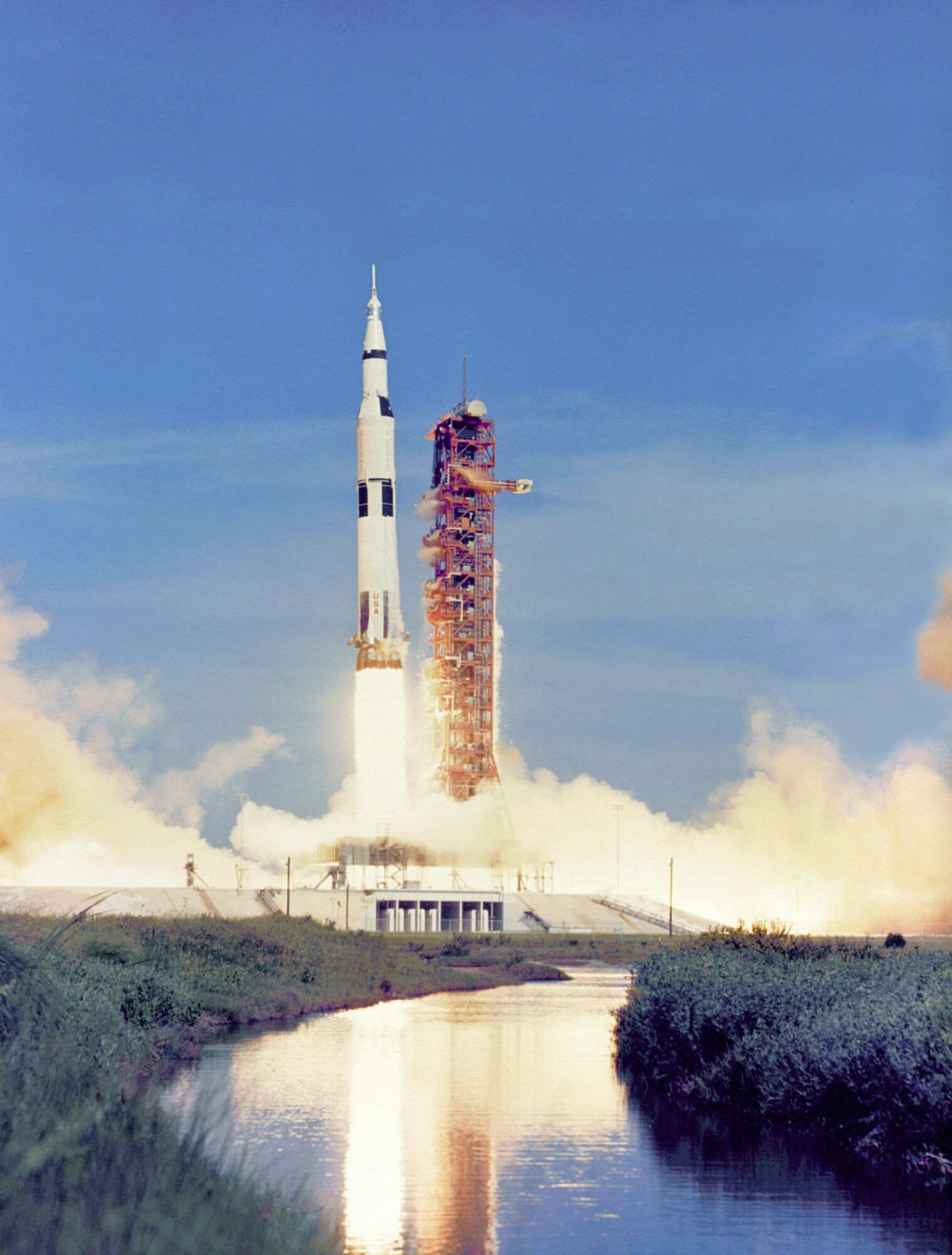
Apollo 15 was the first Apollo "J" mission capable of staying longer on the Moon with greater surface mobility due to the addition of the Lunar Rover. The four primary objectives were to set up and activate lunar surface scientific experiments, explore the Hadley-Apennine region, conduct lunar orbital experiments and photographic tasks, and make engineering evaluations of new Apollo equipment.
Apollo 15 launched from Cape Canaveral on July 26, 1971, only 187 milliseconds off schedule, with Command Module Pilot Alfred Worden, Commander David Scott, and Lunar Module Pilot James Irwin. A minor problem involving a short circuit in a service propulsion engine, or SPS engine, happened early in the mission, but the firing switch was successfully cleared.
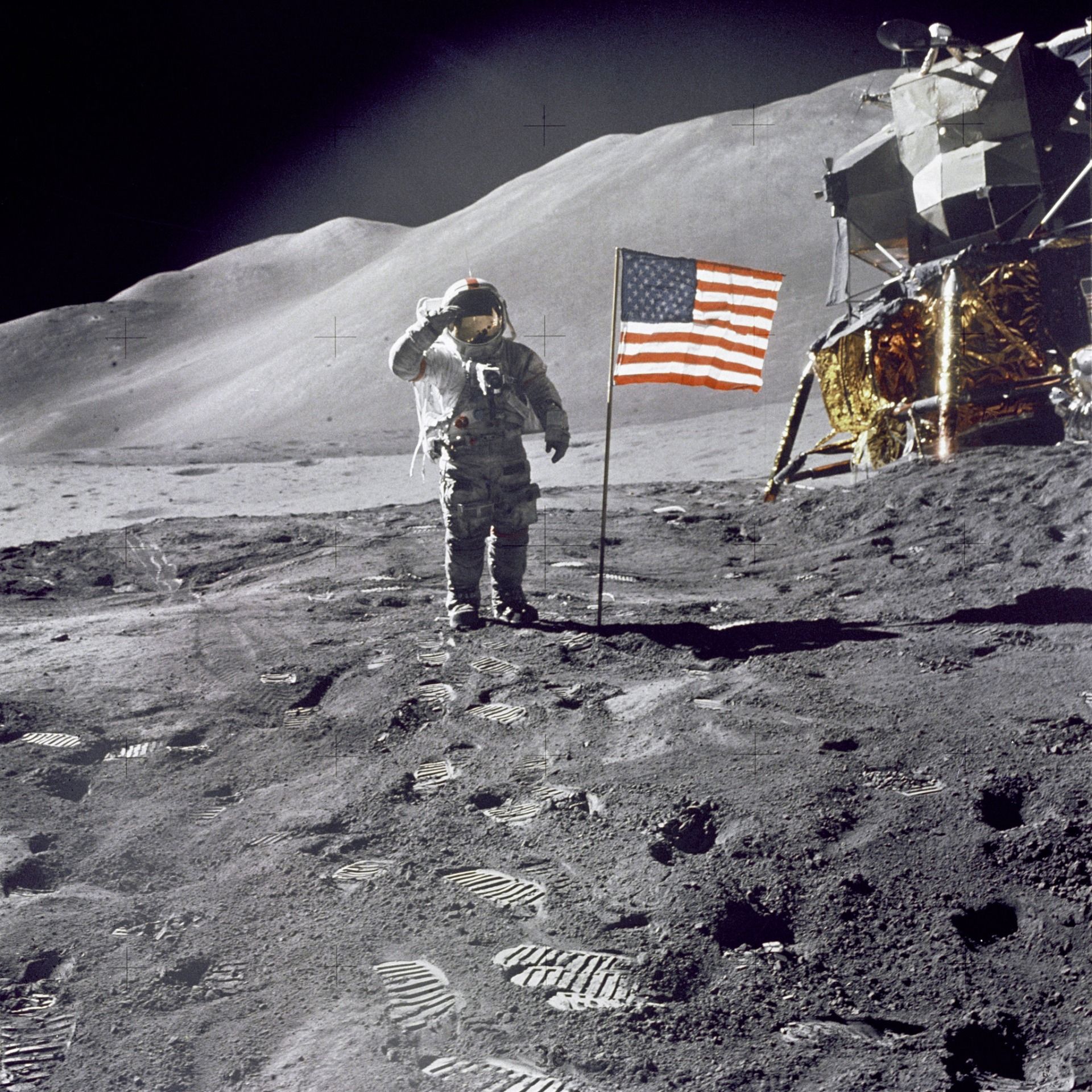
Geological investigations and exploration at the Hadley-Apennine landing site were enhanced by adding the Lunar Roving Vehicle, or LRV. Orbital science experiments were concentrated in various instruments and cameras in the scientific instrument module, or SIM, bay. Engineering and operational objectives included evaluating modifications to the LM made for carrying a heavier payload and for an extended lunar stay time of almost three days. They also assessed the changes made to the Apollo spacesuit and the portable life support system, or PLSS, and the Lunar Roving Vehicle performance, and the other new J-mission equipment that went with it. This included the lunar communications relay unit (LCRU) and ground-controlled television assembly (GCTA).
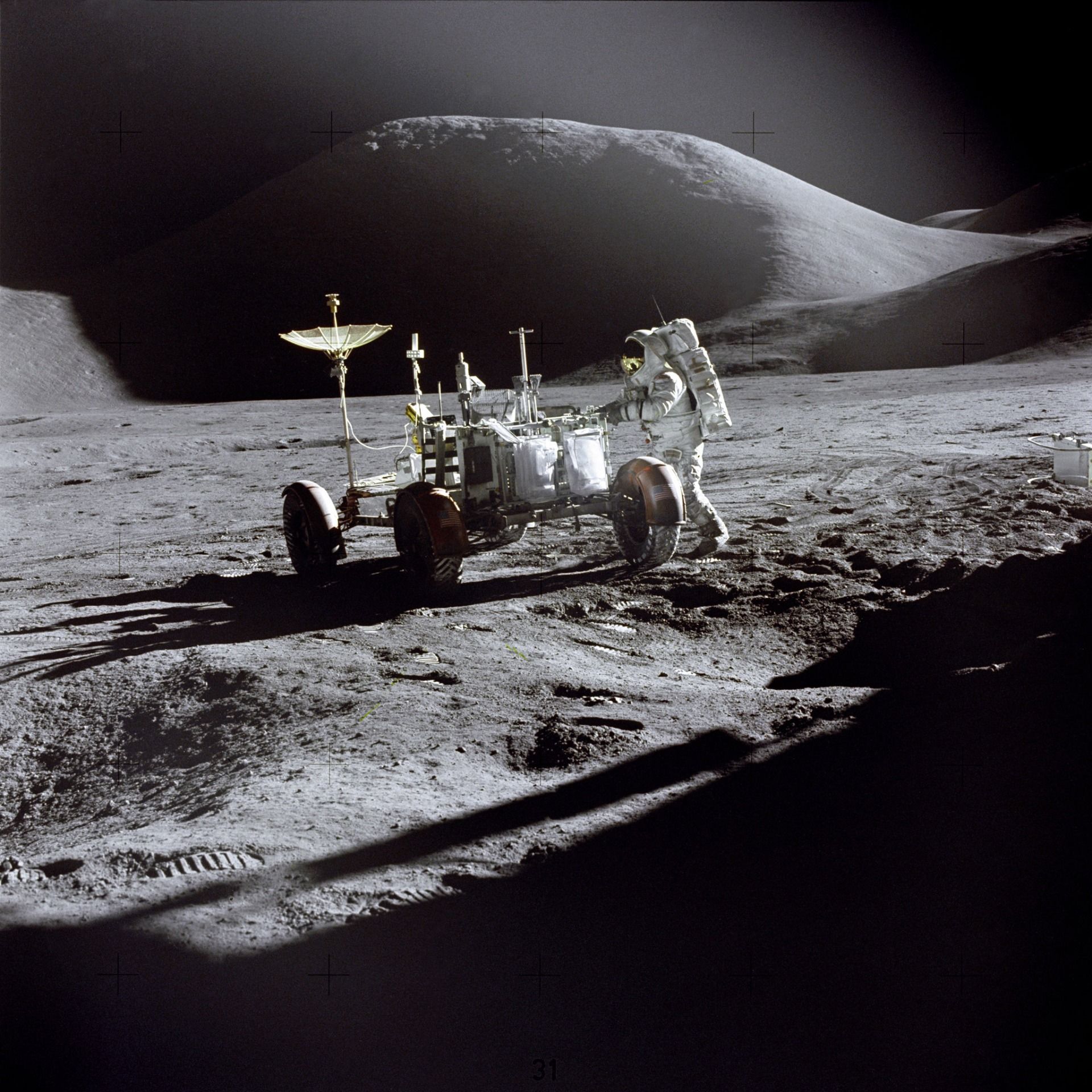
On August 4, a 2-minute SPS burn put Apollo 15 on its path back to Earth during the next revolution. Alfred Worden became the first person to carry out a deep space EVA on August 5 when he exited the CM, climbed toward the rear of the service module, retrieved film cassettes from the SIM bay cameras, and then returned to the CM. The entire EVA was completed in 18 minutes. Apollo 15 splashed down on August 7, 1971, in the Pacific Ocean around 335 miles North of Honolulu, twelve days after launch. The astronauts were picked up 6.32 miles from the targeted touchdown point by the prime recovery ship, the USS Okinawa. During the final descent stages, the crew and shipboard observers noted one of the parachutes became only partially inflated, resulting in the CM splashing down at nearly 22 mph instead of the expected 19 mph.
